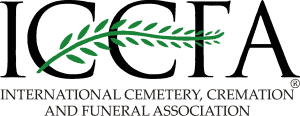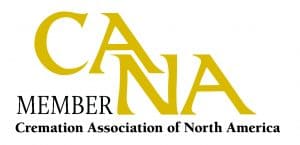The funeral industry, long characterized by the image of a stoic man in a black suit, is undergoing a profound transformation. Once a male-dominated field, it is increasingly becoming a space where women are not only participating but leading the way.
This shift is more than just a change in demographics—it’s a reclamation of a role women historically held as caregivers in death, often referred to as “death midwives.”
With more women enrolling in mortuary schools and a growing perception that they bring a unique sensitivity to the profession, the industry is evolving into a more compassionate, client-centered space.
But are women inherently better suited for this work, or does this shift reflect broader societal changes?
A Historical Shift: From Death Midwives to Male Undertakers
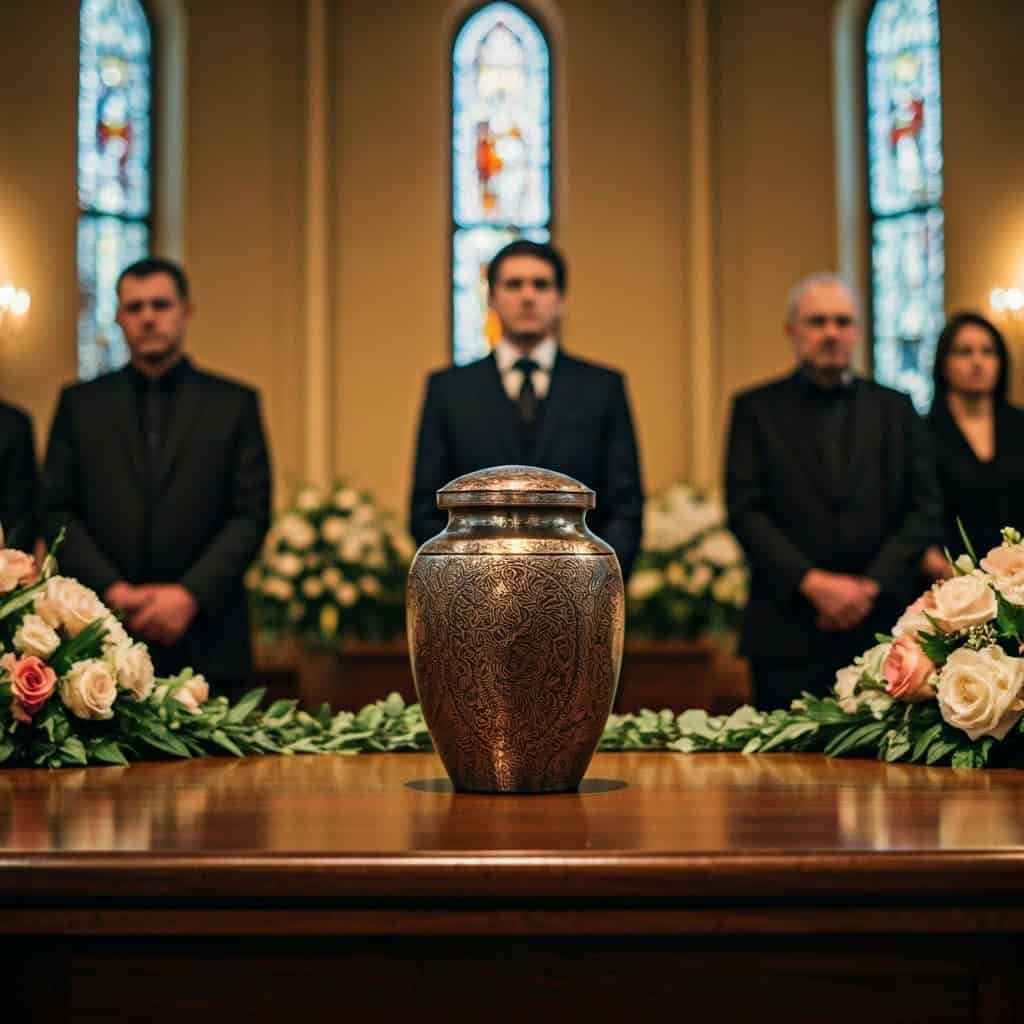
Historically, caring for the dead was a woman’s domain. Before the mid-19th century in the United States, women prepared bodies at home, washing, dressing, and laying out the deceased for burial. This intimate, family-centered role shifted during the Civil War, when embalming became widespread to preserve soldiers’ bodies for transport.
The process required scientific training, which women were systematically excluded from at the time, and the funeral industry became male-dominated. By the early 20th century, societal norms reinforced this gender divide, with men taking on the roles of undertakers and embalmers.
At the same time, women were relegated to the sidelines, often only permitted to care for the bodies of other women and children due to Victorian-era propriety.
The Rise of Women in Mortuary Schools
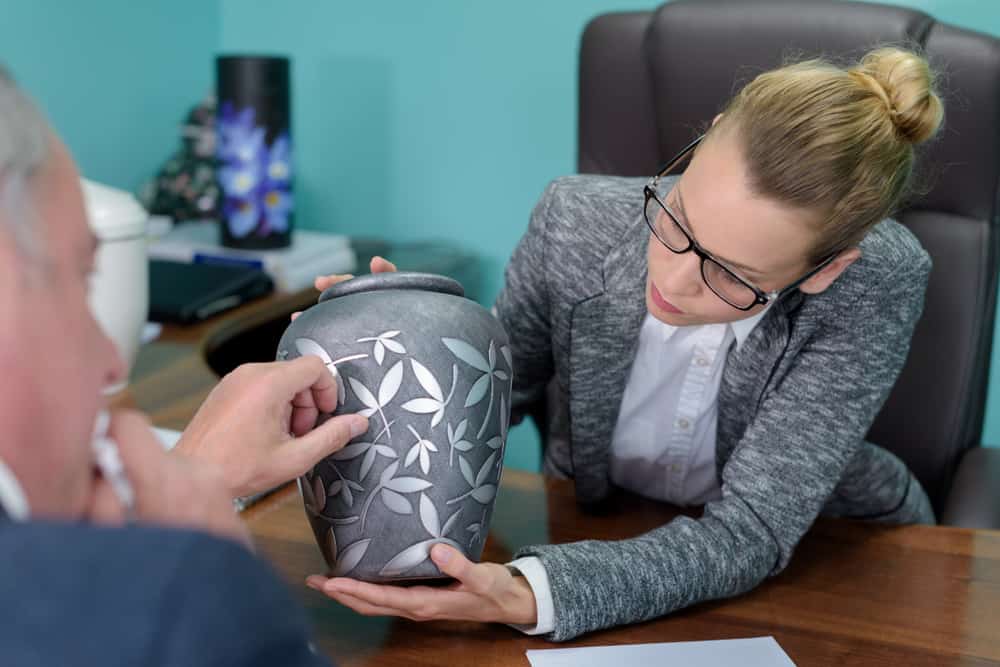
Fast forward to today, and the pendulum is swinging back. According to the American Board of Funeral Service Education, over 70% of graduates from funeral director programs in the United States in recent years are women—a stark contrast to the 5% female enrollment in mortuary schools in the 1970s.
In 2022, 77% of the more than 7,000 students enrolled in funeral service education programs in the U.S. were women.
The National Funeral Directors Association (NFDA) reports that while 74% of current funeral directors are still men, the influx of women is rapidly changing the industry’s makeup. In 2022, some mortuary programs, like the one at Cypress College in California, reported graduating classes that were 100% female, with a significant number identifying as Latina or Black, further diversifying the field.
Redefining Death Care: The Return of the Death Midwife
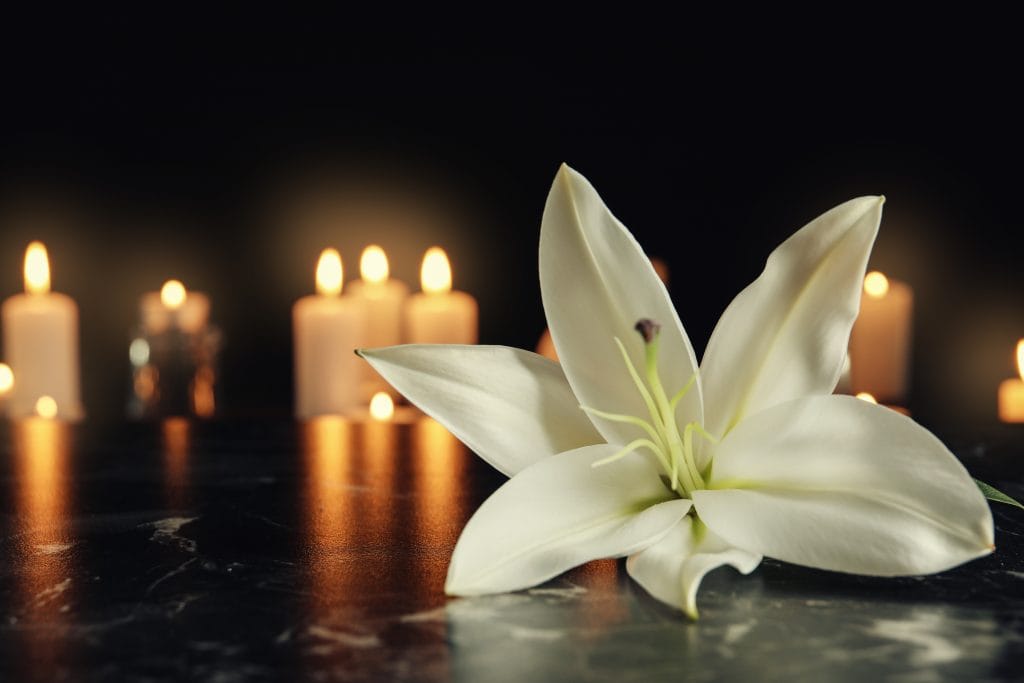
This shift isn’t just about numbers—it’s about a fundamental change in how death care is approached. The modern funeral industry is moving away from rigid, traditional services and toward personalized, meaningful experiences.
Celebrations of life, natural burials, and client-centered planning are becoming more common, and many in the industry believe women are uniquely suited to lead this evolution. Women are often seen as natural facilitators, excelling in communication, multitasking, and event planning—skills that align with the modern funeral director’s role as a “comforter” rather than just a technician.
For example, female funeral directors like Monica Torres in Phoenix have noted that their ability to offer a compassionate touch, such as a hug or a hand on the shoulder, is often better received than similar gestures from male counterparts, avoiding potential misinterpretation.
The concept of the “death midwife” is particularly resonant here. Historically, midwives guided families through birth, and women in death care are increasingly seen as guides through the end-of-life process, offering emotional support and nurturing during a family’s most vulnerable moments.
Are Women More Comforting in Grief?

This role aligns with what many families now seek: a softer, more empathetic approach to death. Some families explicitly request female funeral directors, finding it easier to discuss their grief and preferences with women.
Sisters Penny Pendlebury and Nancy Chier, who planned their father’s funeral in 2015, shared that working with a female funeral director made it easier to have “woman-to-woman” conversations, creating a more comfortable space to express their needs.
But are women inherently more sensitive or better suited for this work than men?
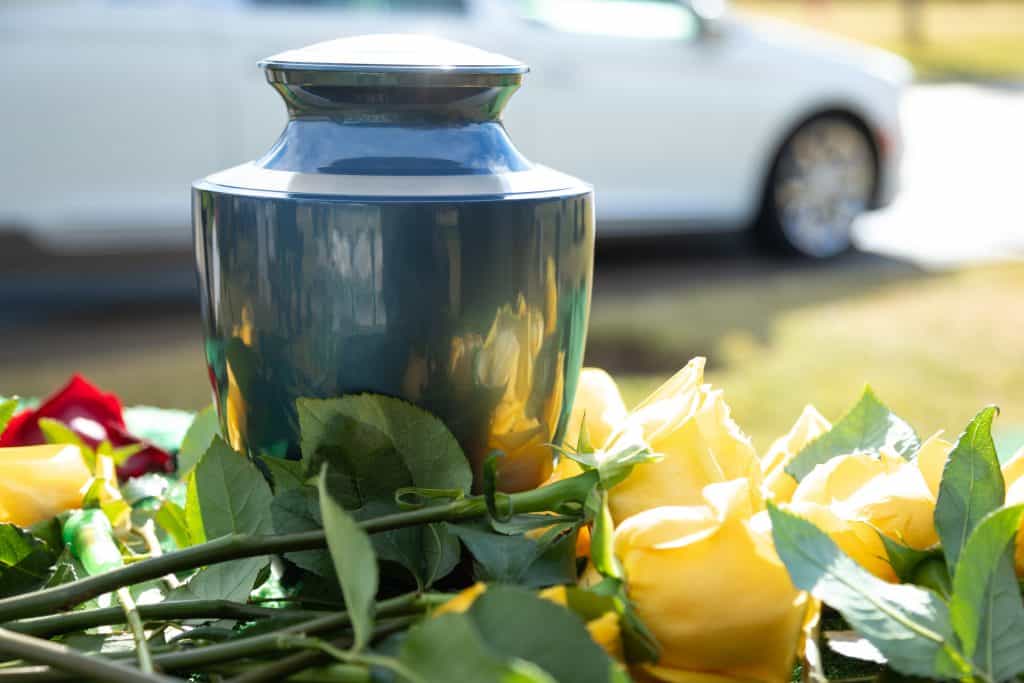
The answer isn’t so clear-cut. While women are often stereotyped as more nurturing and emotionally attuned, many male funeral directors also bring deep compassion and empathy to their work. The idea that women are “better” at handling grief may stem more from societal expectations than from any biological or inherent difference.
Men in the industry, like Jeffrey Dobson in Arundel, have noted that traits like caring and empathy aren’t exclusive to one gender. However, cultural norms around emotional expression often make it more acceptable for women to display vulnerability, which can translate into a perceived advantage in connecting with grieving families.
Female funeral directors like Jennifer Waters-Torney in Savannah have pointed out that women’s tenderness and ability to form long-lasting relationships are assets in a profession increasingly focused on emotional support over technical tasks like embalming.
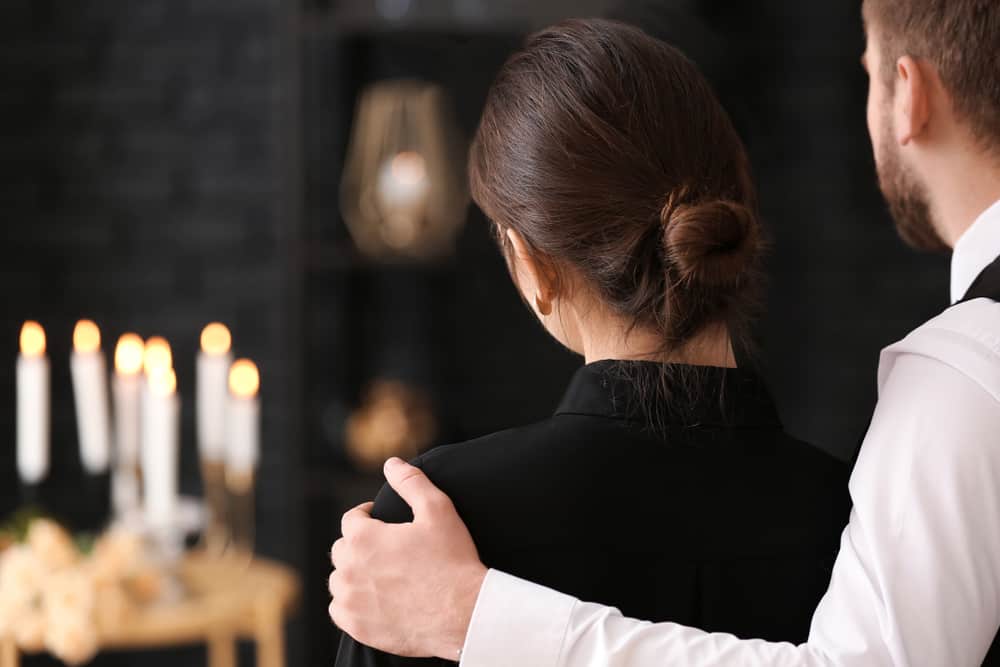
Lanae Strovers decided to become a female funeral director after experiencing a friend’s funeral that was very poorly done. When she told her parents, she was shocked when her father’s response was:
“That’s what men do, right?”
Lanae Strovers is a licensed funeral director in Iowa and trainer for the National Funeral Directors Association.
Why Are More Women Entering the Field?
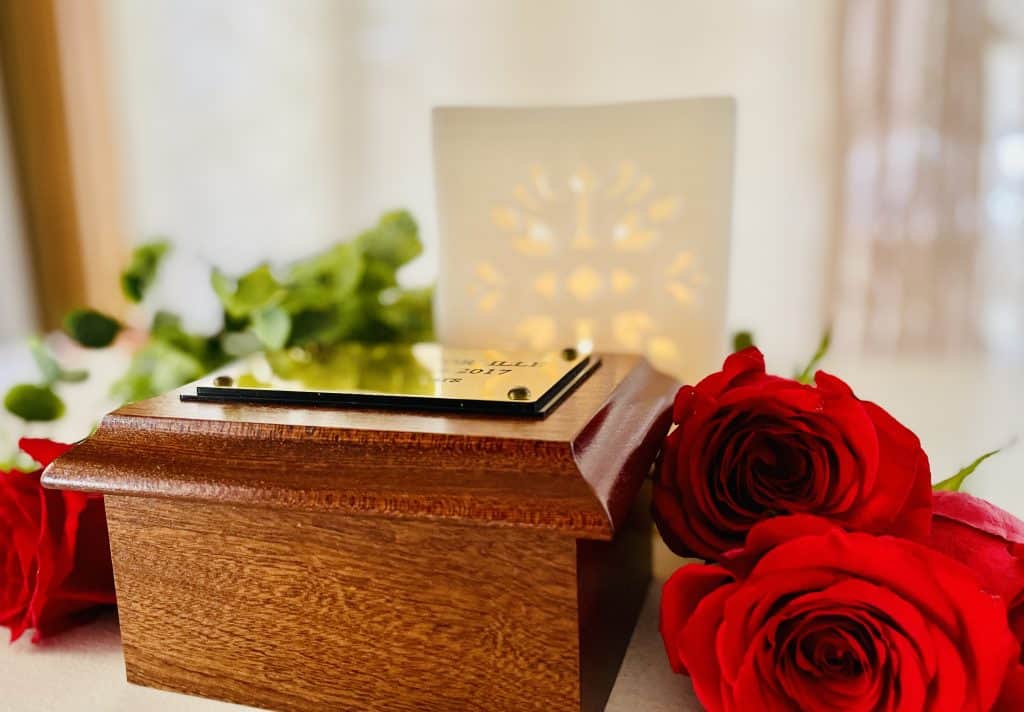
The surge of women in mortuary schools also reflects broader societal shifts. As traditional gender roles break down, women enter trades and professions once considered “male” domains, from welding to funeral directing.
The funeral industry’s labor shortage—exacerbated by nearly half of current directors planning to retire within the next five years, according to the NFDA—has created opportunities for women to step in.
Additionally, the rise of the death-positive movement, which encourages open conversations about mortality, may resonate more with women who are often socialized to be caregivers and communicators.
Shows like Six Feet Under and the visibility of young female morticians on platforms like TikTok, such as 23-year-old Gen Z mortician Amber Berrios, have also helped demystify the profession and attract a new generation of women.
Challenges and the Path Forward for Female Funeral Professionals

Despite this progress, challenges remain. Women in the industry still face stereotypes—some funeral home owners hesitate to hire them, citing outdated concerns about physical strength or the risks of embalming chemicals for pregnant workers.
Others encounter families who prefer a male director, often due to traditional expectations. Female funeral directors like Anna Deloriea have shared experiences of being pigeonholed into clerical roles during internships, having to prove they can handle the same tasks as their male peers.
Yet, as the industry continues to evolve, these barriers are slowly eroding, and women are not only joining the profession but also starting to own funeral homes. Some envision female-led firms that emphasize a “feminine touch” in death care.
A More Compassionate Future for the Funeral Sector
The rise of women in the funeral industry is more than a trend—it’s a return to roots, a reclaiming of the death midwife role that women held for centuries. As they bring their perspectives to the forefront, they’re reshaping death care into a more compassionate, personalized experience.
Whether women are inherently more sensitive than men is up for debate, but their growing presence is undeniably making the industry a warmer, more inclusive space for families navigating loss. For those planning for the future, this shift serves as a reminder that the face of your funeral director is increasingly likely to be female—and that might just make all the difference in how you say goodbye.
